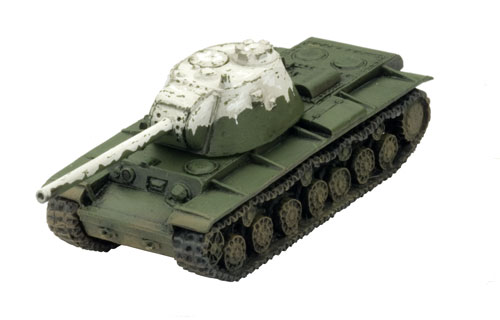 | KV-3 Heavy Tank (MM15) Development With the KV-1 and KV-2 heavy tanks in production, Soviet planners turned their minds to even more powerful tanks. On 17 June 1940, they ordered the Kirov plant to produce four prototypes by December 1940. Only two were produced: the T-150, a KV-1 with heavier armour, and the T-220, a larger vehicle with even thicker armour and an 85mm gun. Testing revealed major flaws with both designs. |
| The T-150 was underpowered, and the new engine on the T-220 blew up on the second day of testing! Despite of this, the T-150 was ordered into production as the KV-3 in March 1941. Rumours of a massive German heavy tank, and the realities of producing what was in effect an even more unreliable KV-1 tank, quickly changed the order to produce the T-220 tank with a new engine and an even bigger 107mm gun. This new design was to be ready in just six weeks, along with a production plan for over 500 to be built by the end of 1941. | 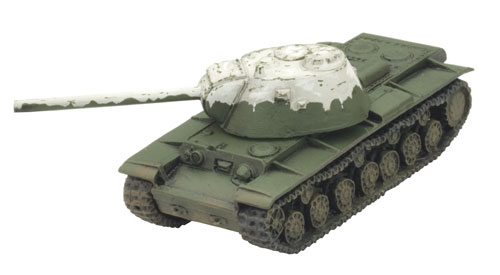 |
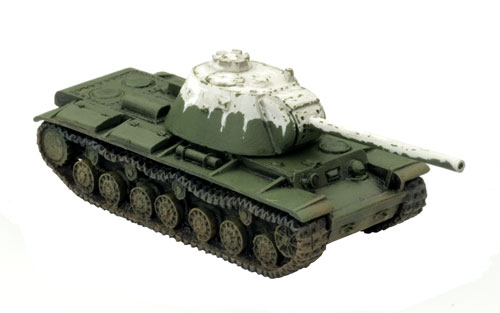 | The new KV-3 was fitted with a supercharged version of the V-2 tank engine, straight off the drawing boards. This time it worked, and with strengthened suspension and transmission, the tank had completed 1985km (1233 miles) by 22 June. At this point affairs were interrupted by the German invasion. Within weeks the Kirov factory was threatened and evacuated to Chelyabinsk in the Urals and ordered to focus on producing existing KV-1 types to rebuild the Red Army after the disasters that had occurred at the start of the German invasion. |
| Hypothetical Combat Service With Leningrad surrounded, the ambitious production plan for the KV-3 heavy tank was curtailed until a new plant could be established in the Tankograd complex in the Urals. With KV-1 production in full swing, KV-3 production finally got under way in early 1942. The first Guards Superior Power Tank Regiments were formed for the planned Summer offensives. Technical problems meant that the few KV-3 tanks available straggled into combat in ones and twos, being easily overrun by the better co-ordinated Germans. | 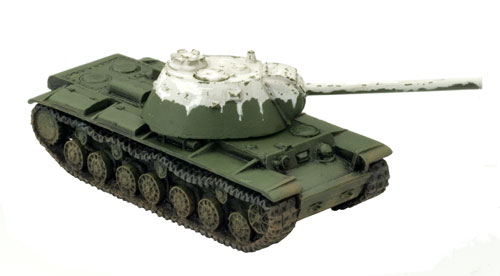 |
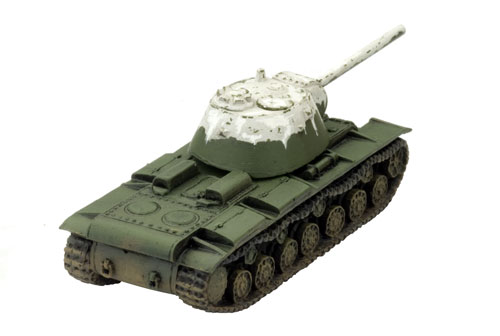 | They were withdrawn, reformed, and sent back into action in larger numbers for Operation Uranus, the battle to surround Stalingrad. Design Features The KV-3 is perhaps the most balanced and powerful heavy tank in existence. It combines an outstanding gun with thick armour and reasonable speed. It is the perfect Tiger killer, yet it entered combat six months before the German Tiger heavy tank. |
| KV-3 Specifications Designation: Tyazhyeliy Tank KV-3 Crew: 5 (cdr, gnr, ldr, dvr, co-dvr) Weight: 149,914lb/68,000kg Length: 30’4”/9.25m Height: 10’2”/3.10m Width: 11’2”/3.41m Armament: 1x 107mm ZIS-6 gun, 2x 7.62mm DT machine-guns. Ammunition Stowage: 44x 107mm, 2772 x 7.62mm. Armour Thickness: Up to 130mm Engine: V-2SN supercharged 12-cylinder diesel, 2368cu in/39 litre, 850hp. Suspension: Transverse torsion bar Maximum Speed: 19mph/30km/h Road Radius: less than 124 miles/200km | 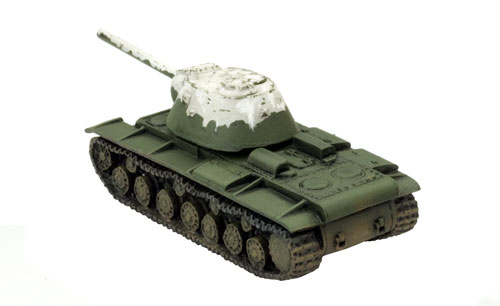 |
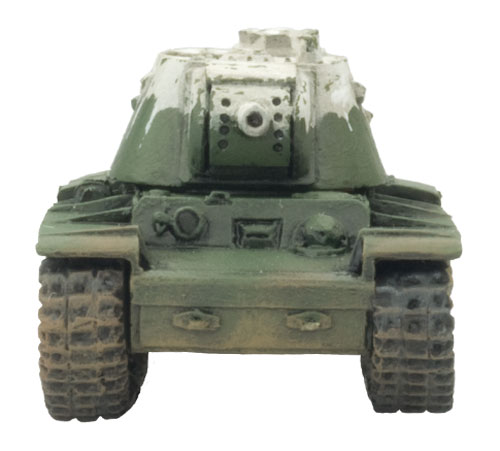 | In Flames Of War The ZIS-6 107mm gun is the most powerful tank gun in the world. No tank in existence is immune to its armour-piercing shot. The KV-3 provides a relatively mobile and well-protected mount for this superb weapon. Front: 10; Side: 8; Top: 2Weapon Range: 32"/80cm; ROF: 1; Anti-tank: 14; Firepower 2+ Armour Equipment and Notes Co-ax MG, Hull MG, Overloaded, Slow tank, Unreliable. Designed by Evan Allen Painted by Jeremy Painter |
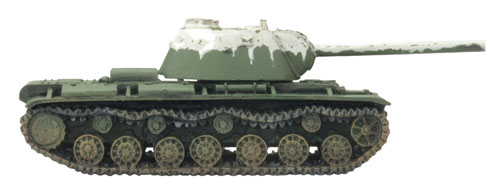 | 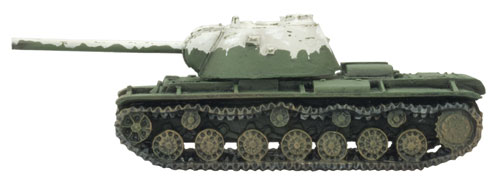 |
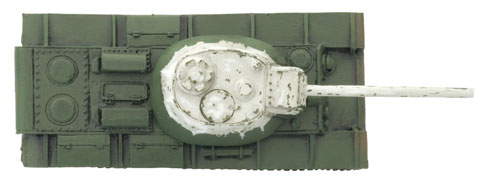 |

Ingen kommentarer:
Legg inn en kommentar